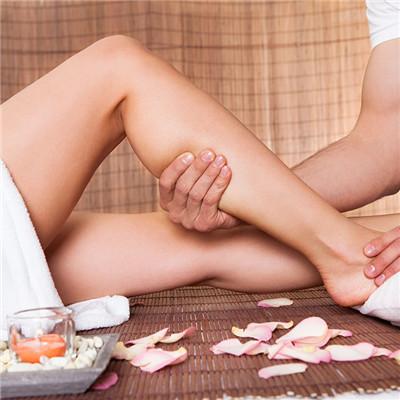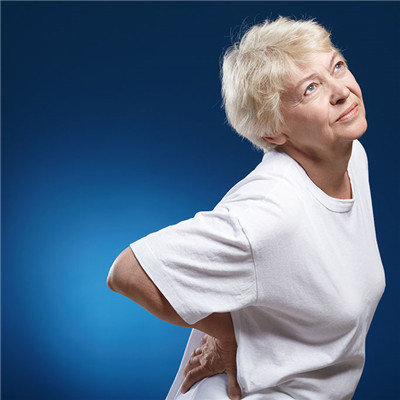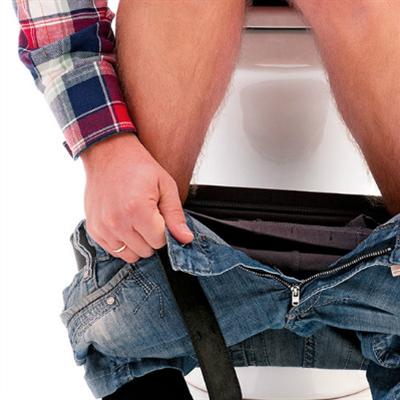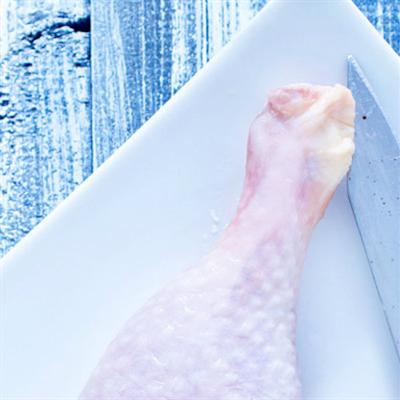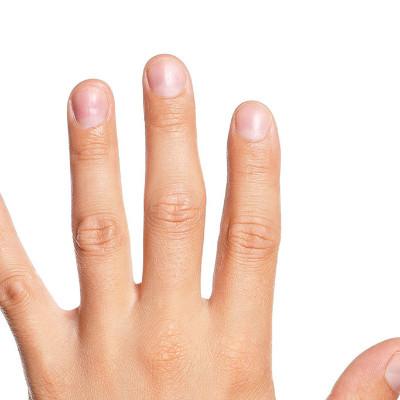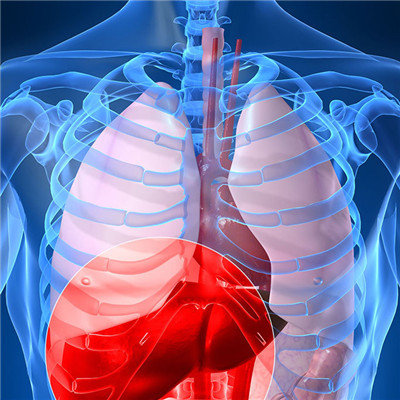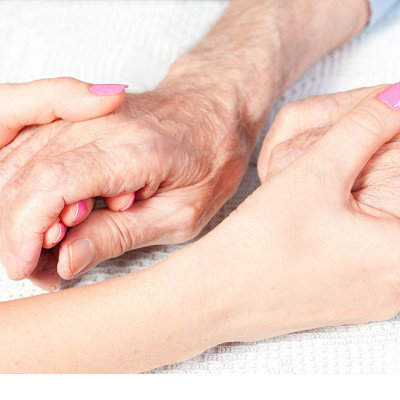What are the causes of intervertebral disc degeneration?
summary
Intervertebral disc degeneration, like death, is inevitable and occurs in different degrees in everyone. But not everyone with lumbar degenerative changes will feel pain. Many people who seem to have normal waist have intervertebral disc herniation? MRI findings of degeneration and spinal stenosis. It's important to recognize that each patient's condition is different and not everyone with disc degeneration has symptoms. Can intervertebral disc degeneration lead to several different symptoms, including low back pain?
What are the causes of intervertebral disc degeneration?
Intervertebral disc degeneration is a natural aging process. Unfortunately, with the increase of age, the intervertebral discs gradually lose their flexibility, elasticity and shock absorption functions. The ligaments that surround the disc (called rings of fibers) become fragile and tear easily. At the same time, the gelatinous soft part (nucleus pulposus) of the center of the intervertebral disc begins to lose water atrophy. This series of disc injuries produces bone spurs and thickens the ligaments that support the spine, leading to degenerative lumbar arthritis.
Lumbar pain is the most common symptom of intervertebral disc degeneration. When disc degeneration causes nerve root compression, pain usually radiates to the leg or foot, and may be accompanied by numbness and tingling. If there are signs of nerve root compression, some patients may have sciatica and lumbar pain, and sometimes lower limb weakness.
The diagnosis of intervertebral disc degeneration should be based on a complete physical examination, especially the examination of the waist and lower limbs. The doctor will check the waist flexibility, mobility and other signs that may indicate nerve root compression. It is usually necessary to check the muscle strength and reflex activity to determine whether its function is normal. You usually need to fill out a form stating when and where you have symptoms of pain, numbness, tingling and weakness.
matters needing attention
Lumbar, 1. The bed should be soft and hard moderate, avoid the bed too hard or too soft, so that the lumbar muscle get full rest; Avoid the waist by wind, cold invasion, avoid the waist in a position for a long time, muscle imbalance, resulting in lumbar strain. 2. Application of waist: when using waist correctly, squat down first when lifting heavy objects. When using waist for a long time, change the posture of waist and do more waist activities to prevent gradual strain. When using waist excessively due to the nature of work or slight strain has occurred, take symptomatic Chinese medicine to avoid further aggravation of strain and eventually cause degenerative changes of lumbar spine. 3. Waist health care exercise: adhere to the health care exercise of the waist, often carry out activities in all directions of the lumbar spine, so that the lumbar spine always maintains a physiological stress state, strengthen the exercise of the lumbar and abdominal muscles, the strength of the lumbar and abdominal muscles is strong, which can increase the stability of the lumbar spine, strengthen the protection ability of the lumbar spine, and prevent degenerative changes of the lumbar spine.


